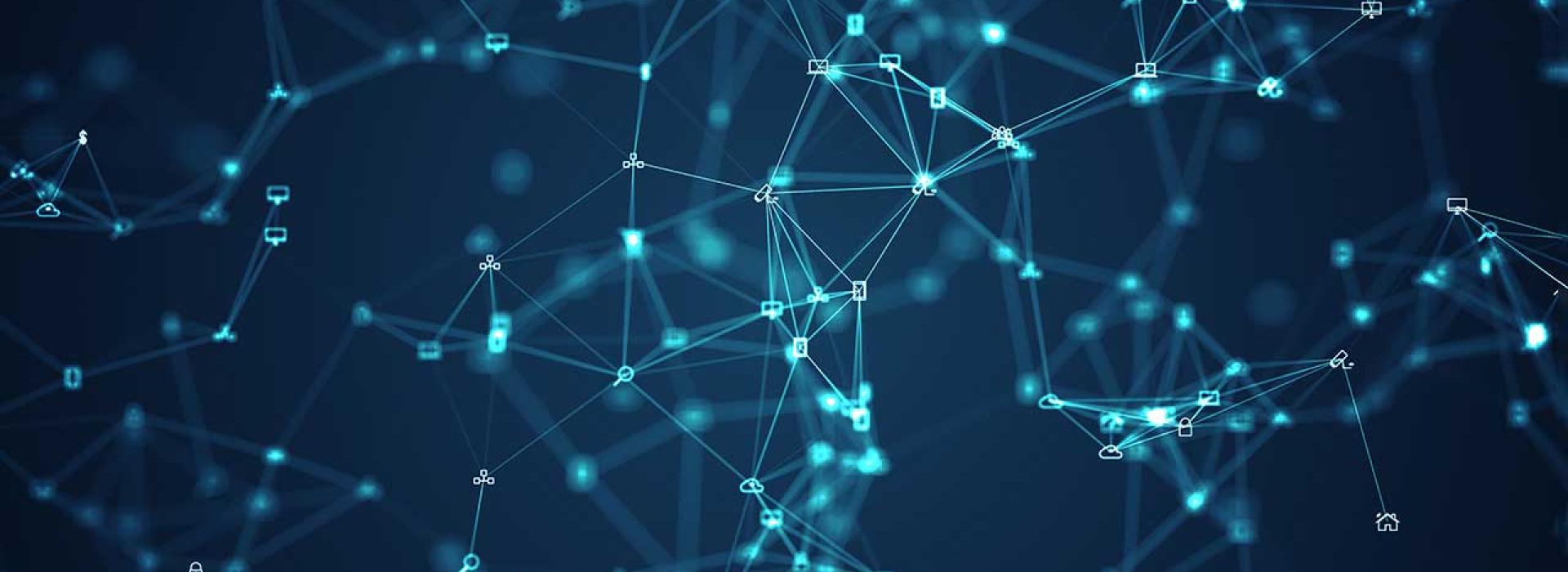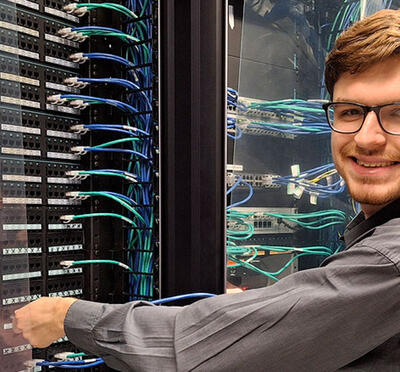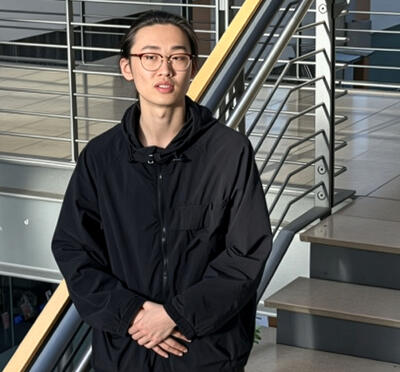Oregon companies seeking to develop artificial intelligence-based solutions for industry-specific challenges are increasingly turning to Oregon State University for collaboration in research and development. Industry partners and graduate students both benefit from working together in the AI master’s capstone, now in its third year.
The School of Electrical Engineering and Computer Science is soliciting partners from industry for AI projects. Proposals for future AI master’s capstone projects may be submitted online by Sept. 13.
This is a unique opportunity to leverage the expertise of AI graduate students under faculty supervision. There are no fees associated with these nine-month efforts and the university will make no claim on any resulting intellectual property.
The AI program at Oregon State
The school, with more than 34 faculty engaged in the AI field, has positioned itself as Oregon industry’s partner of choice for AI, and it has been at the forefront of artificial intelligence for over 40 years. With the nation’s first multidisciplinary graduate program to offer both master’s and doctoral degrees in AI as an applied discipline, the College of Engineering is helping to build up an expert workforce for one of the fastest growing job sectors in the U.S. Students in the master’s program have the option, in lieu of a thesis, to complete a capstone project designing AI strategies for real-world problems.
Last year’s capstone students tackled 13 projects with industrial and academic partners. In one of the projects, HP Inc. worked with students to use machine learning to enable the company’s printers to make configuration changes on the fly when processing large, complex documents.
“The students have done a great job, making progress beyond what the company might have achieved immediately with its internal expertise and resources,” said Alan Fern, professor of computer science, who has extensive AI research experience and leads the capstone sequence. “HP put a lot of effort into creating and annotating data for the students to work with.”
In another project, a student worked with AIPEX Technologies to help with the company’s AI-based guest services for hotels and vacation rentals. The collaboration explored a technique called RAG, or retrieval augmented generation, to make the company’s virtual concierges appear less like chatbots and more like knowledgeable locals with reliable recommendations.
In both cases, Fern said, highly engaged industry participation has been a critical component of the projects.
“You need to have dedicated, invested people interested in the problem,” he said. “That’s been the case in the successful industry collaborations I’ve seen so far.”
Building long-term partnerships and projects
Successful collaboration in AI depends upon some key parameters when defining the project. At the top of Fern’s list: appropriate scaling of the project to its designated time frame and allocated resources.
“When people first learn about AI’s capabilities, there’s a danger in thinking that everything’s easily solvable, as if by magic,” Fern said. “So, many proposed AI projects start out as a kind of wishful thinking. I try to work with prospective partners first to ensure the project is properly scaled to viability.”
Preparation is also essential. Most approaches to training AI require large amounts of data with some sort of annotation. Generating and labeling data are time-intensive processes. An ideal AI project would come with sufficient volumes of prepared data, or at least with the means to produce it.
“There’s a big bottleneck up front if there isn’t enough data or it isn’t properly labeled,” Fern said. “It can kill a lot of projects if you don’t have a plan.”
Finding good, reliable project partners is hard work. So, rather than a series of one-shot collaborations, each defined by the needs of a single project, this program is working to build longer-term, ongoing, and mutually beneficial relationships.
“We’re trying to get a core set of consistent project partners,” Fern said. “Ideally, there would be some from industry that we can work with year after year. Especially with the student projects, because there’s only so much you can do throughout three 10-week terms. It would be great if the next cohort of students could build upon the previous year’s achievements. With that kind of continuity, we could make some real progress.”
If you’re interested in connecting with the AI and Robotics Program for hiring and collaborative projects, please contact AI-OSU@oregonstate.edu.




